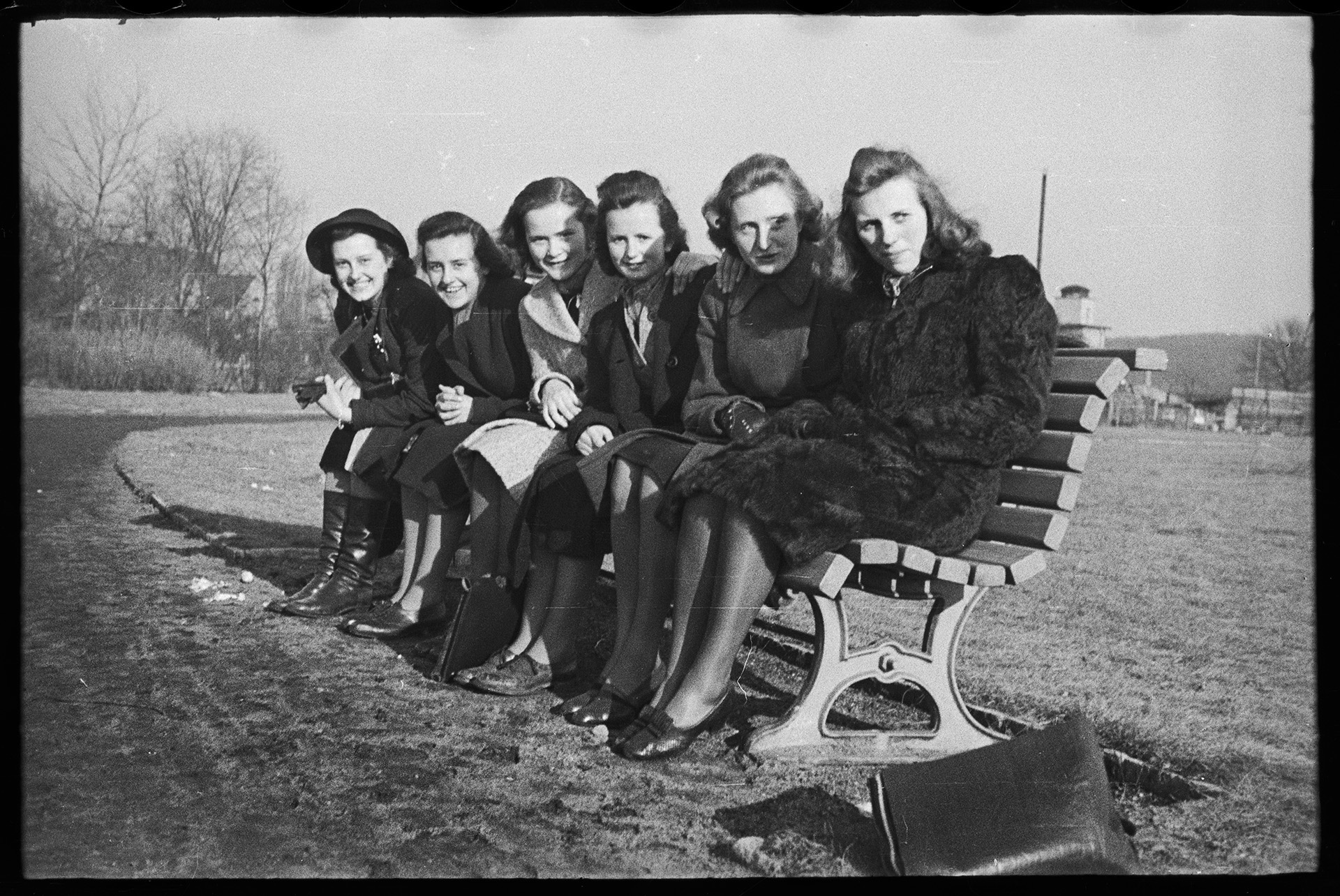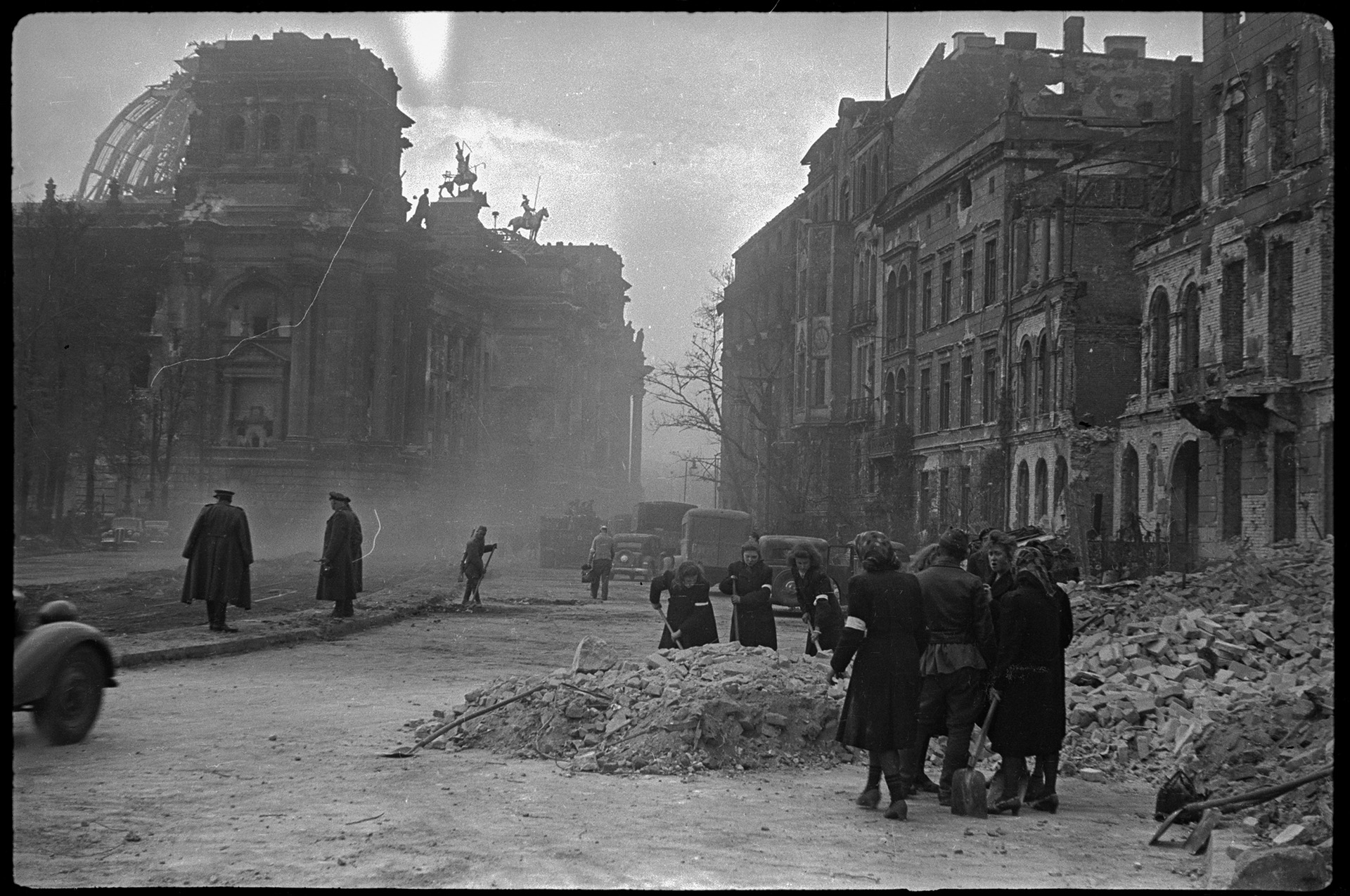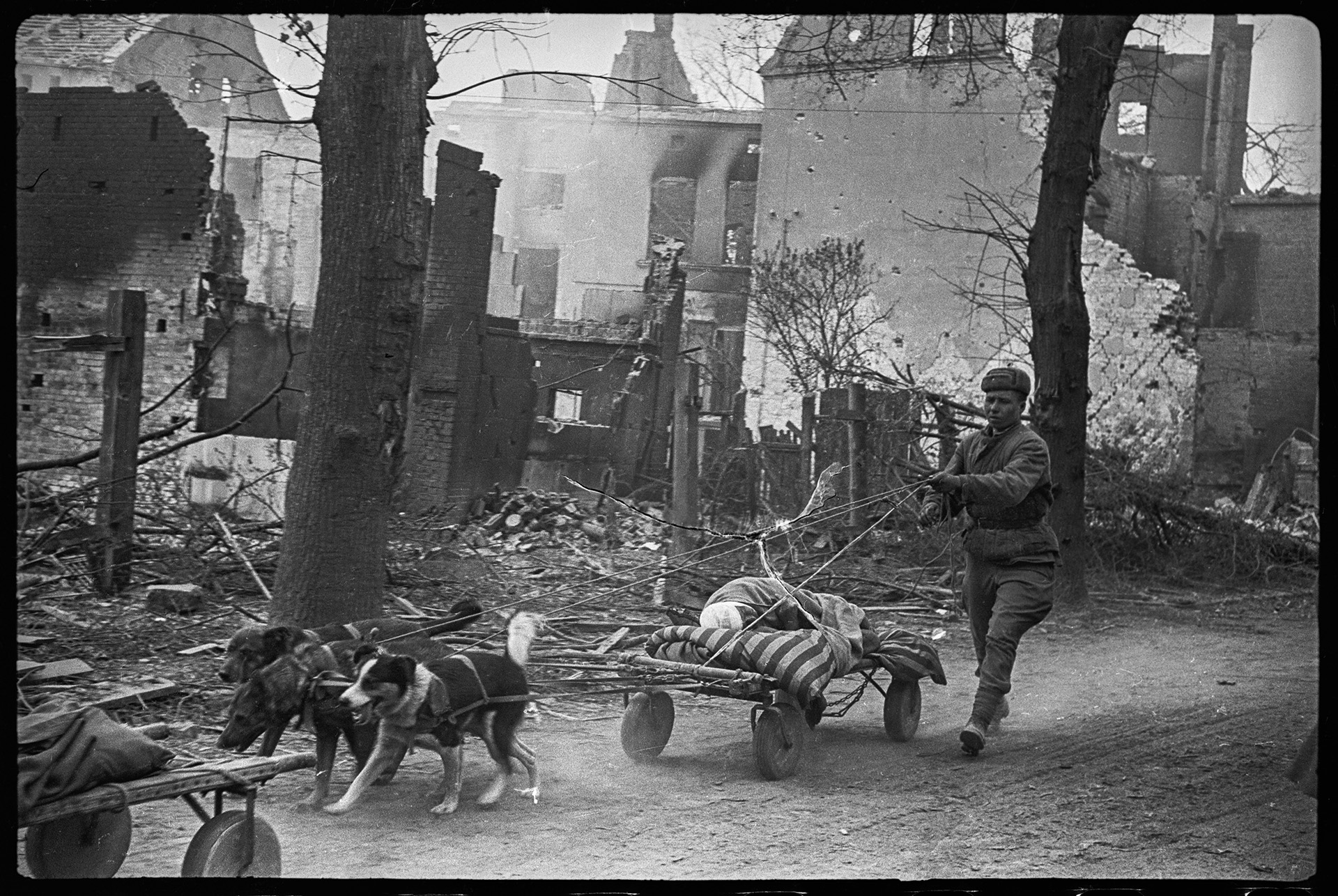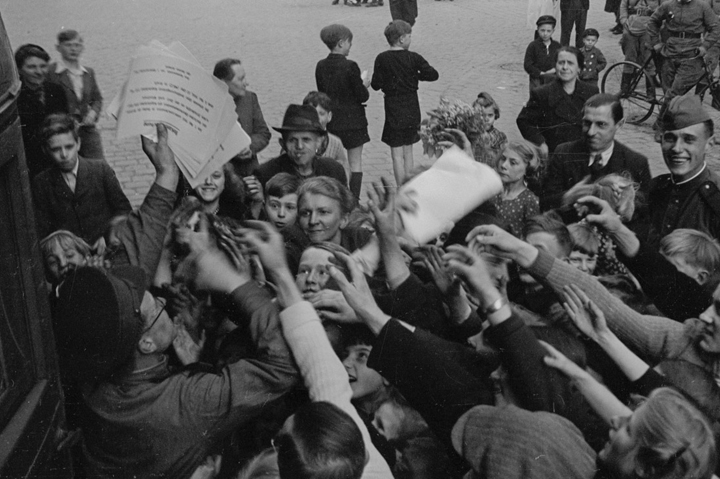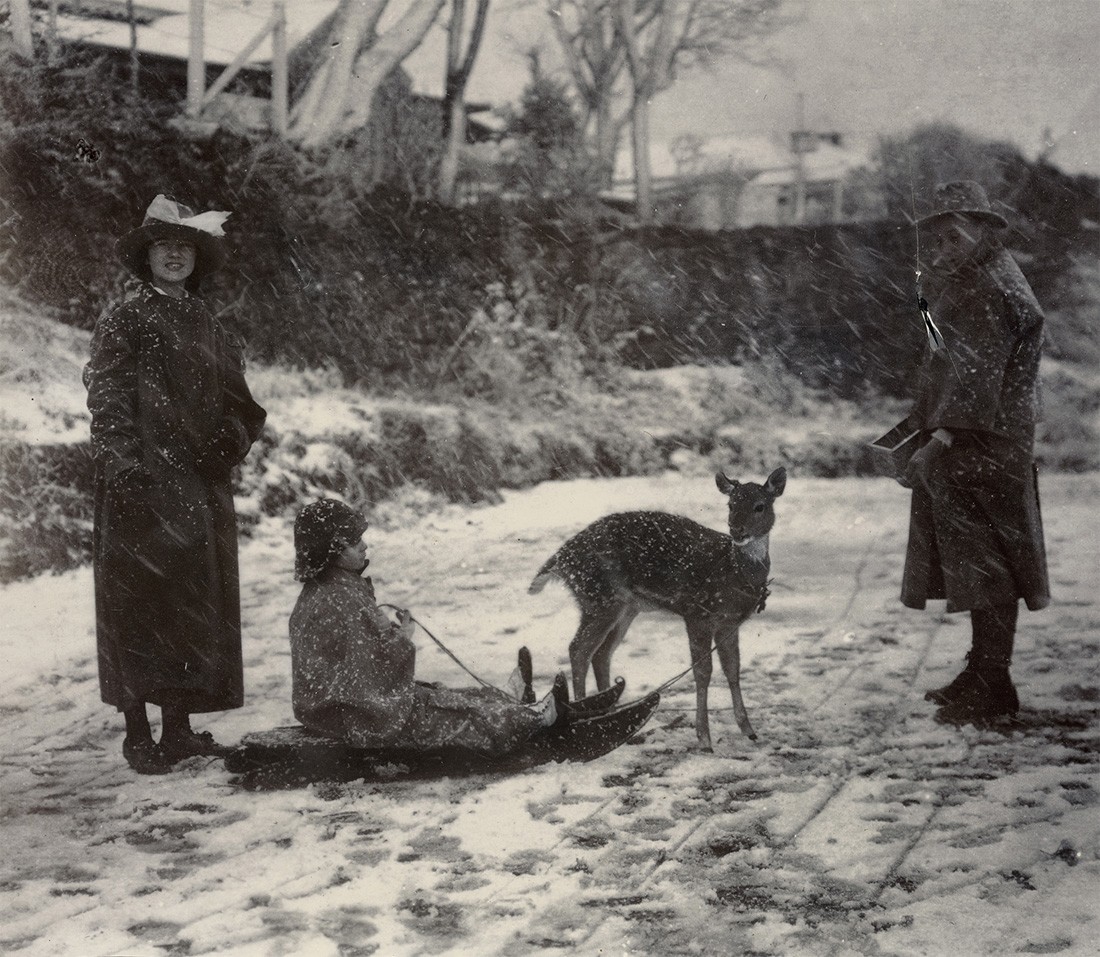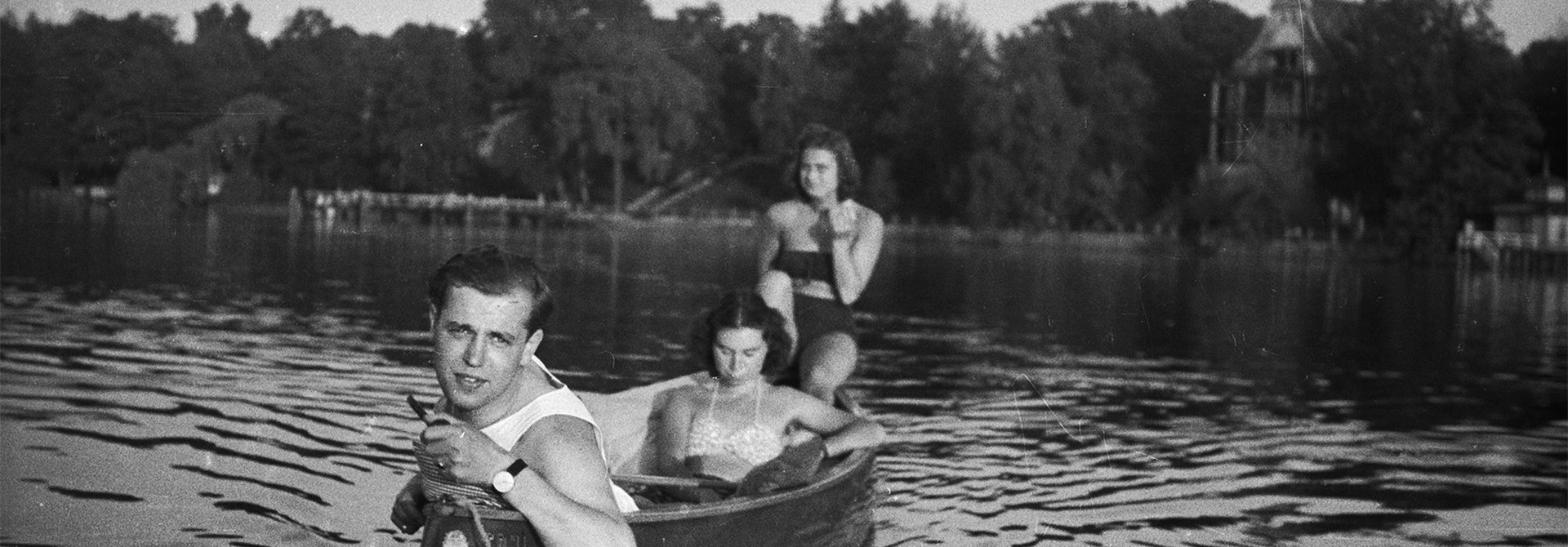
Life in the Third Reich:
A Family Photo Archive

Ukrainian photographer. Born in Kryvyi Rih, lives in Moscow. Winner of US Documentary Project Fund award, Magnum Foundation Human Rights Scholarship, and National Geographic Grant. Nominated for Foam Paul Huf Award and Prix Pictet Award. Published his work in The New York Times, TIME, Le Monde, The Wall Street Journal, Kommersant, Slon, Forbes, and on Lenta.ru.
I came to the Mauerpark flea market in downtown Berlin on a rainy day in March. It is a rather famous place, a cultural and historical site for many travelers. I found a small cardboard box there with a casual inscription DR 1941-45 on it. When I opened it, I saw dusty rolls of negatives. The seller told me that these were films from the war times, but he had no idea what was on them. I straightened the edge of the film, and I saw the Isopan F marking — the same as on the German films of Soviet photographer Valery Faminsky who I was lucky to introduce to a wider public this year. After some bargaining, I bought the entire box.
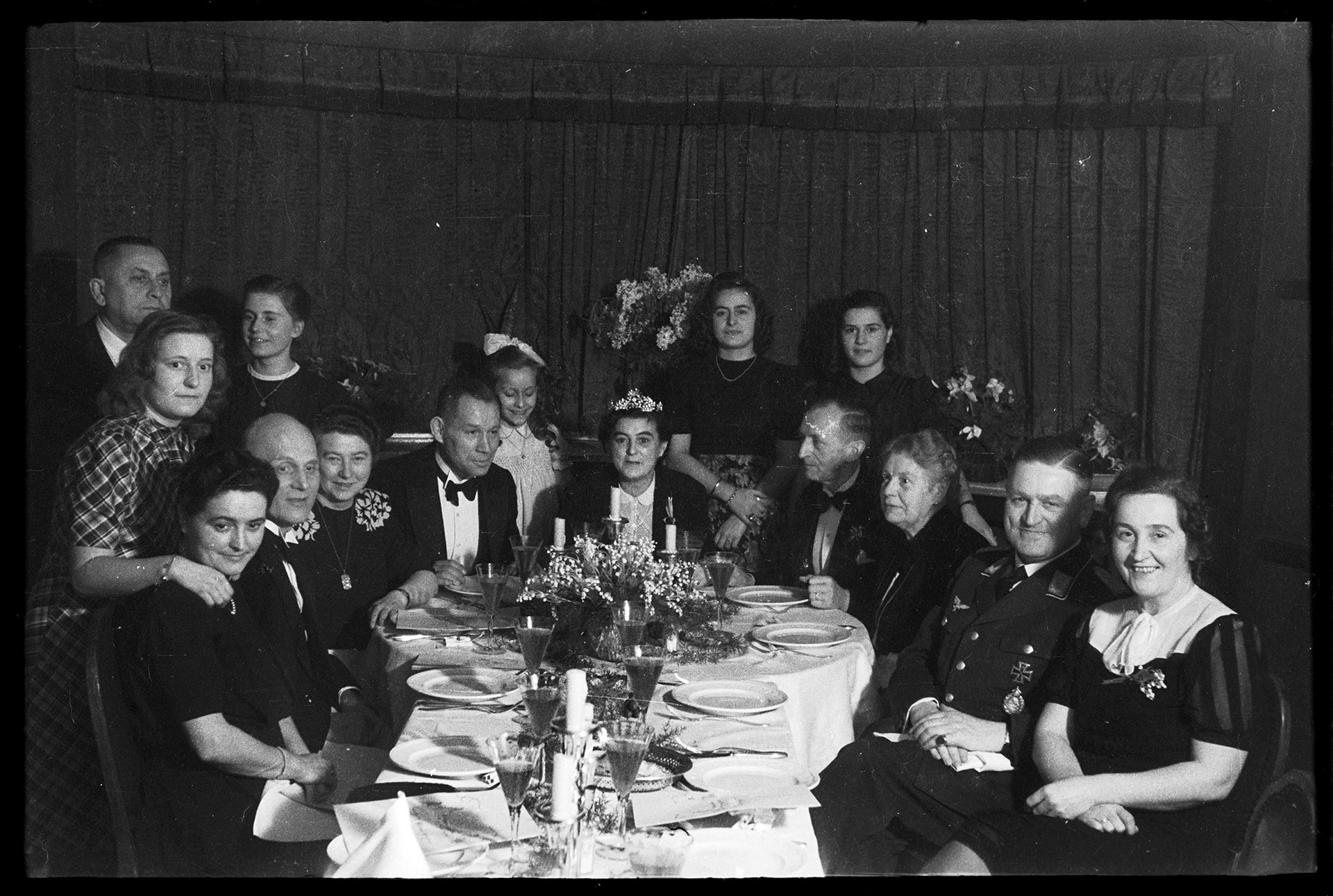
A supposed silver wedding celebration. Germany (Austria after the Anschluss), 1941-1945 / Arthur Bondar’s private collection
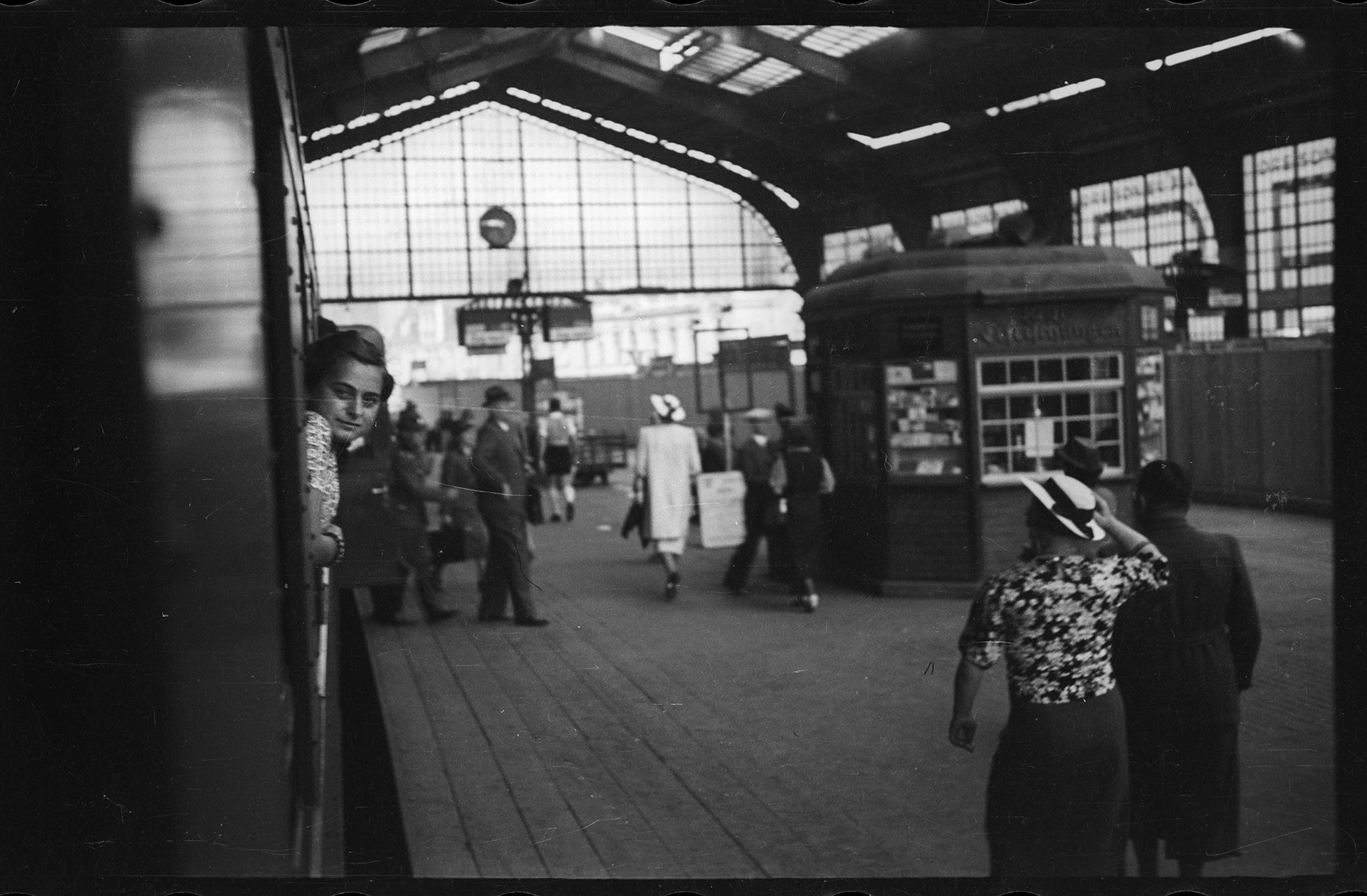
Departure from a railroad station. Munich(?), Germany, 1941-1945 / Arthur Bondar’s private collection
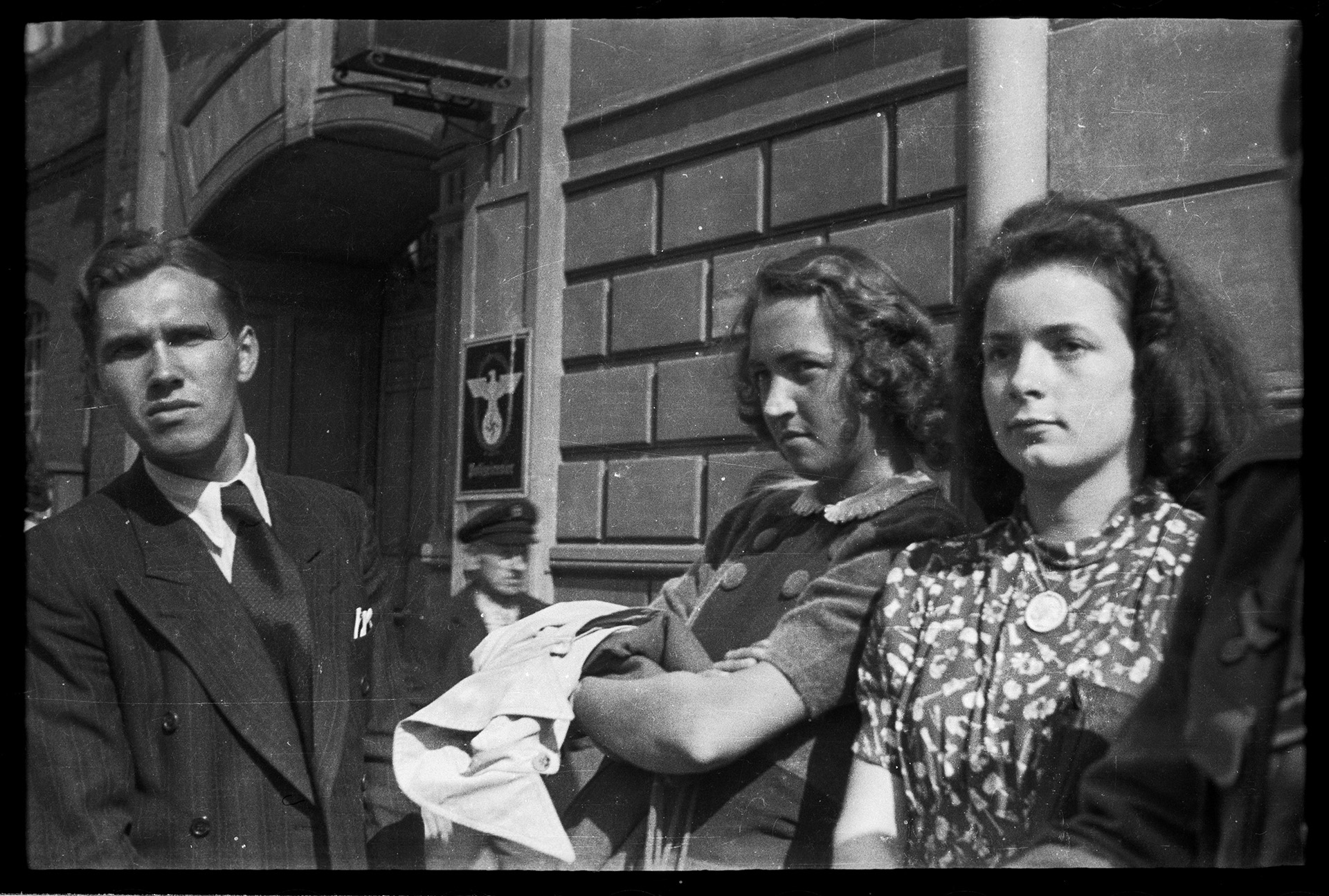
Germany (Austria after the Anschluss), 1941-1945 / Arthur Bondar’s private collection
As soon as I came back to Moscow, I wanted to scan the photographs. But after they have stayed rolled for over 70 years, it was impossible to straighten them. For over half a year, they were being straightened under a lot of pressure — and now we can see their message from the past.
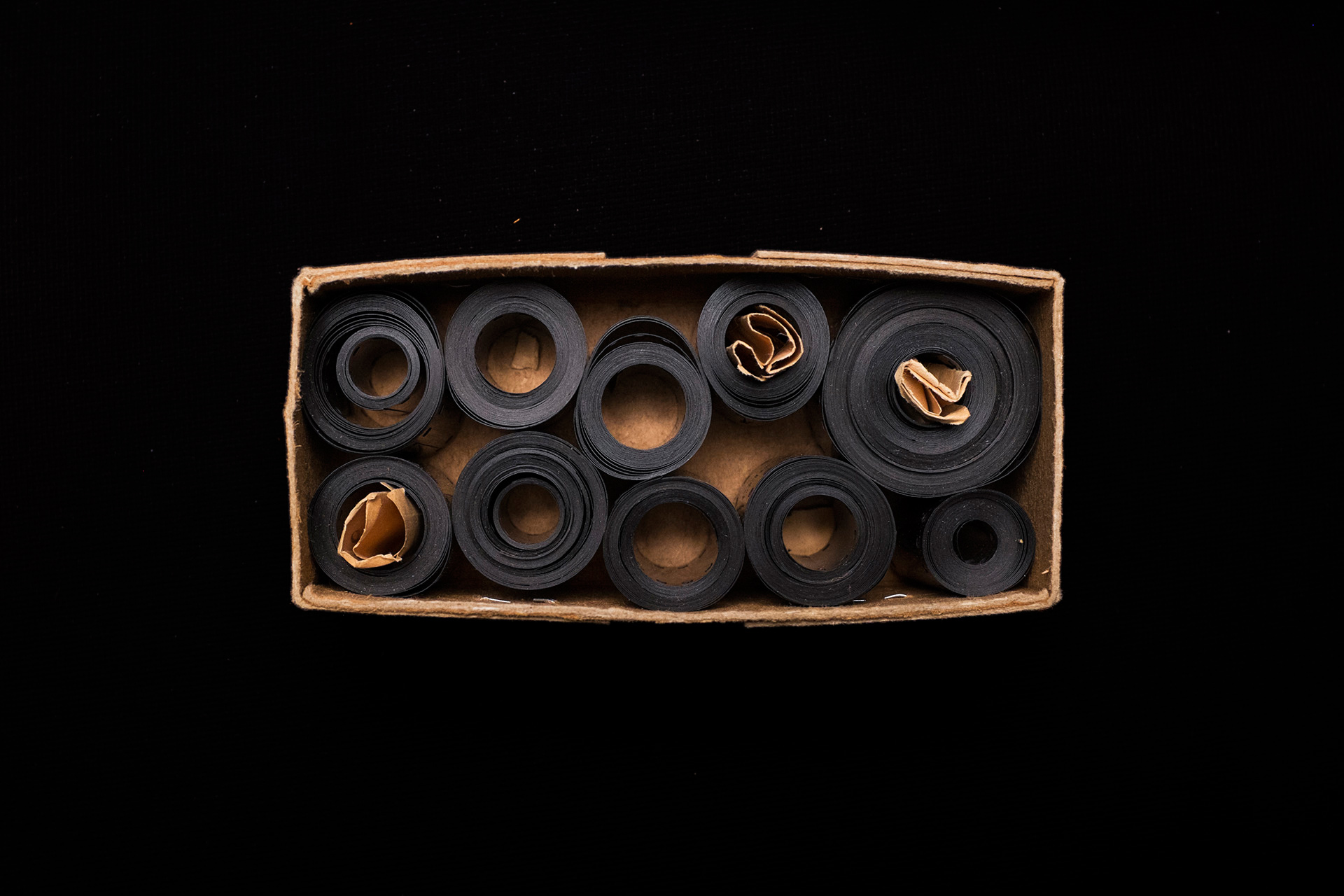
A box with the films, purchased at the Mauerpark flea market. Berlin, March 2017
The box with the negatives turned out to be a family archive of people who lived during WWII, possibly in the territory of Austria, which became a part of the Third Reich in March 1938. The films show people going on vacation, traveling, spending time at home with their friends, and leading a normal civilian life at the time when the war was already raging all around Europe and the territory of the former Soviet Union.
In some of the photographs, we can see workers with sewed-on OST patches: this was how the people from the occupied territories of Ukraine and Belarus were marked, who were taken to Germany to do compulsory work.
We have managed to identify most of the places where the members of this family studied, worked, and traveled: the Austrian Alps and Gesause National Park, Worthersee lake and the city of Klagenfurt, the Munich train station, Berlin, and Linz. However, it is still a mystery who people in these photographs are and what kind of a family they belonged to.
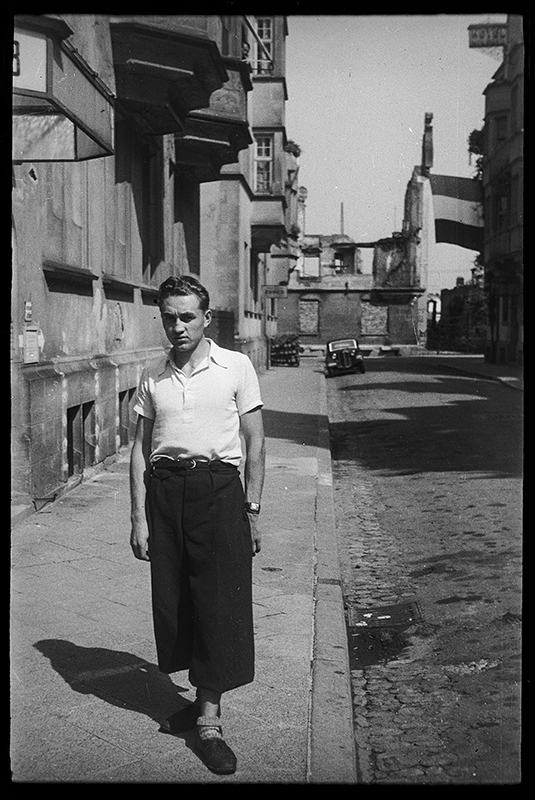
Germany (Austria after the Anschluss), 1941-1945 / Arthur Bondar’s private collection
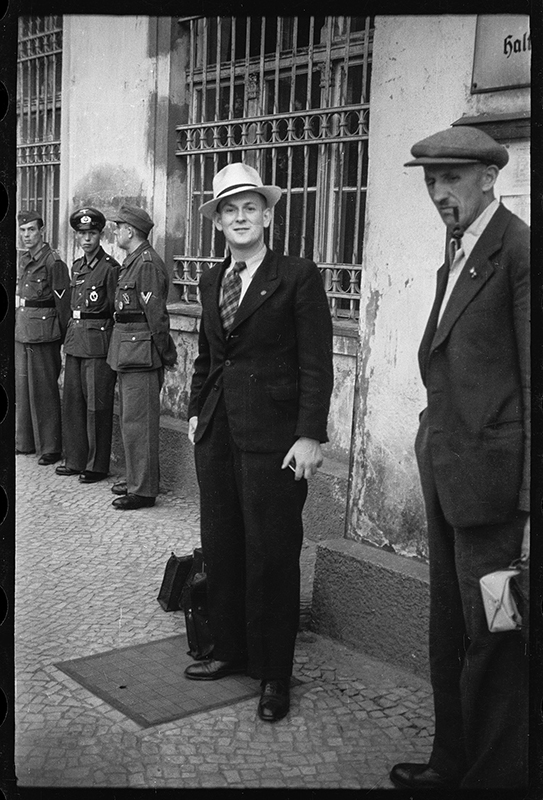
Germany (Austria after the Anschluss), 1941-1945 / Arthur Bondar’s private collection
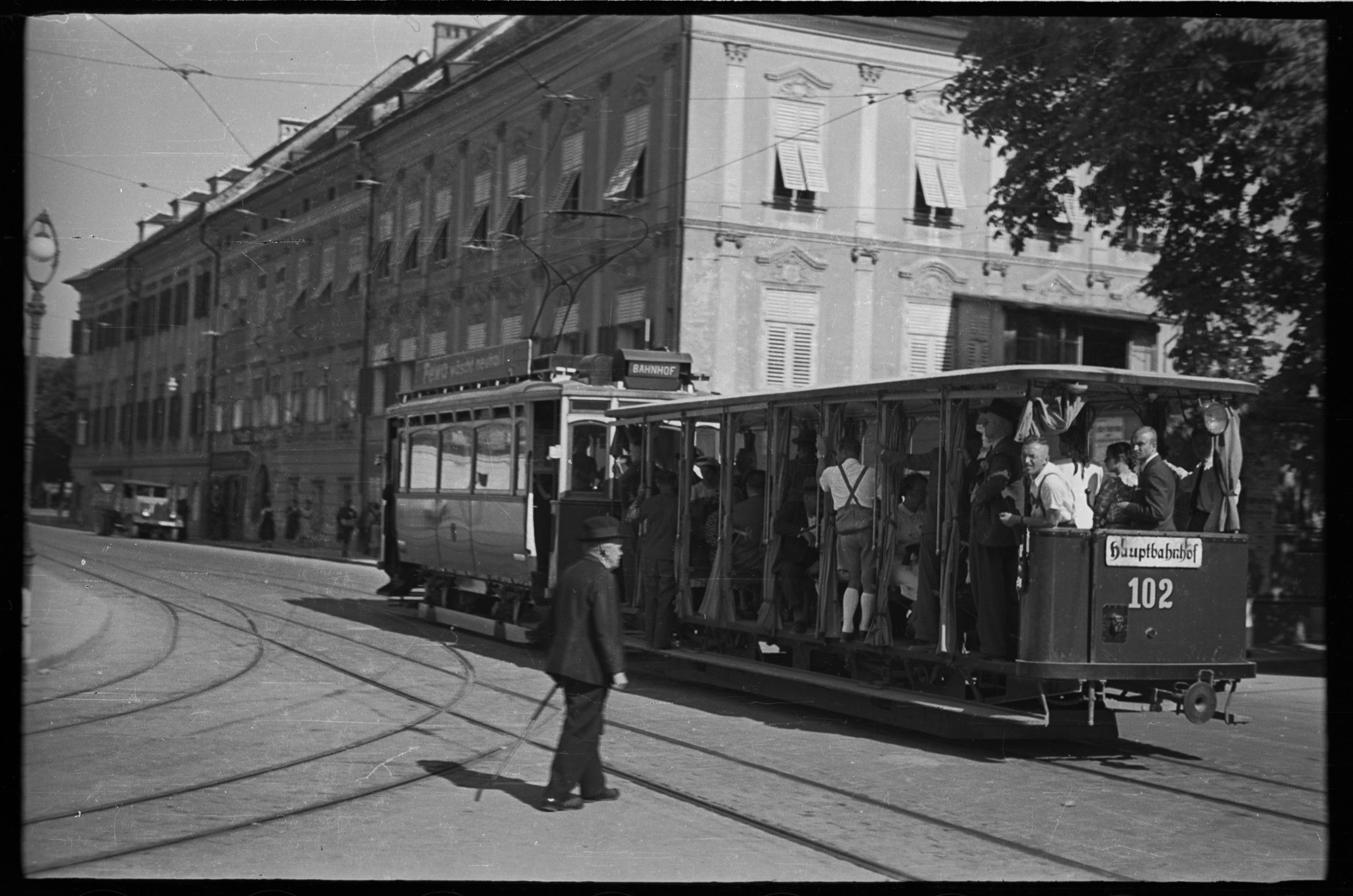
Germany (Austria after the Anschluss), 1941-1945 / Arthur Bondar’s private collection
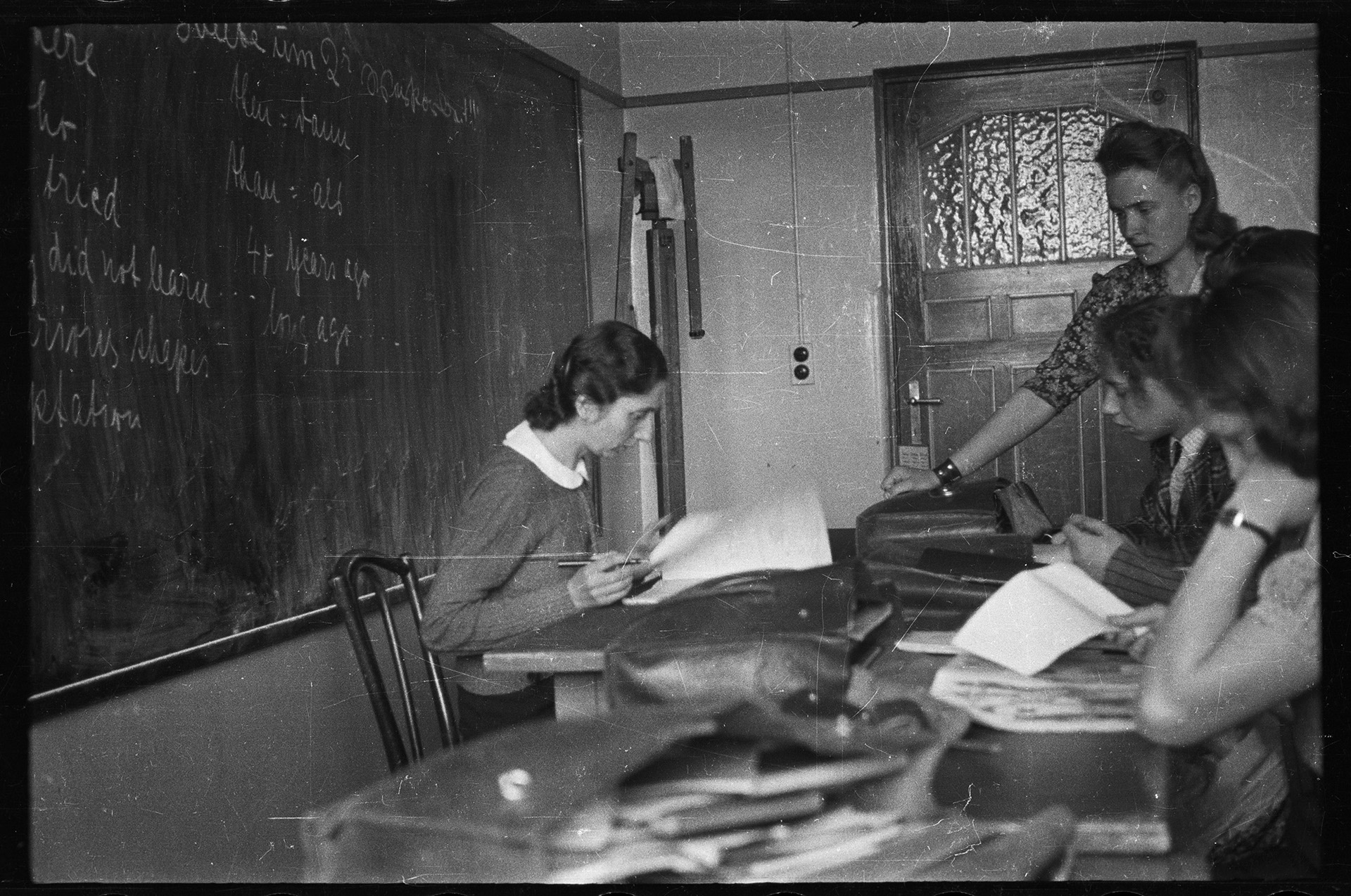
Studying at the university. Germany (Austria after the Anschluss), 1943 / Arthur Bondar’s private collection
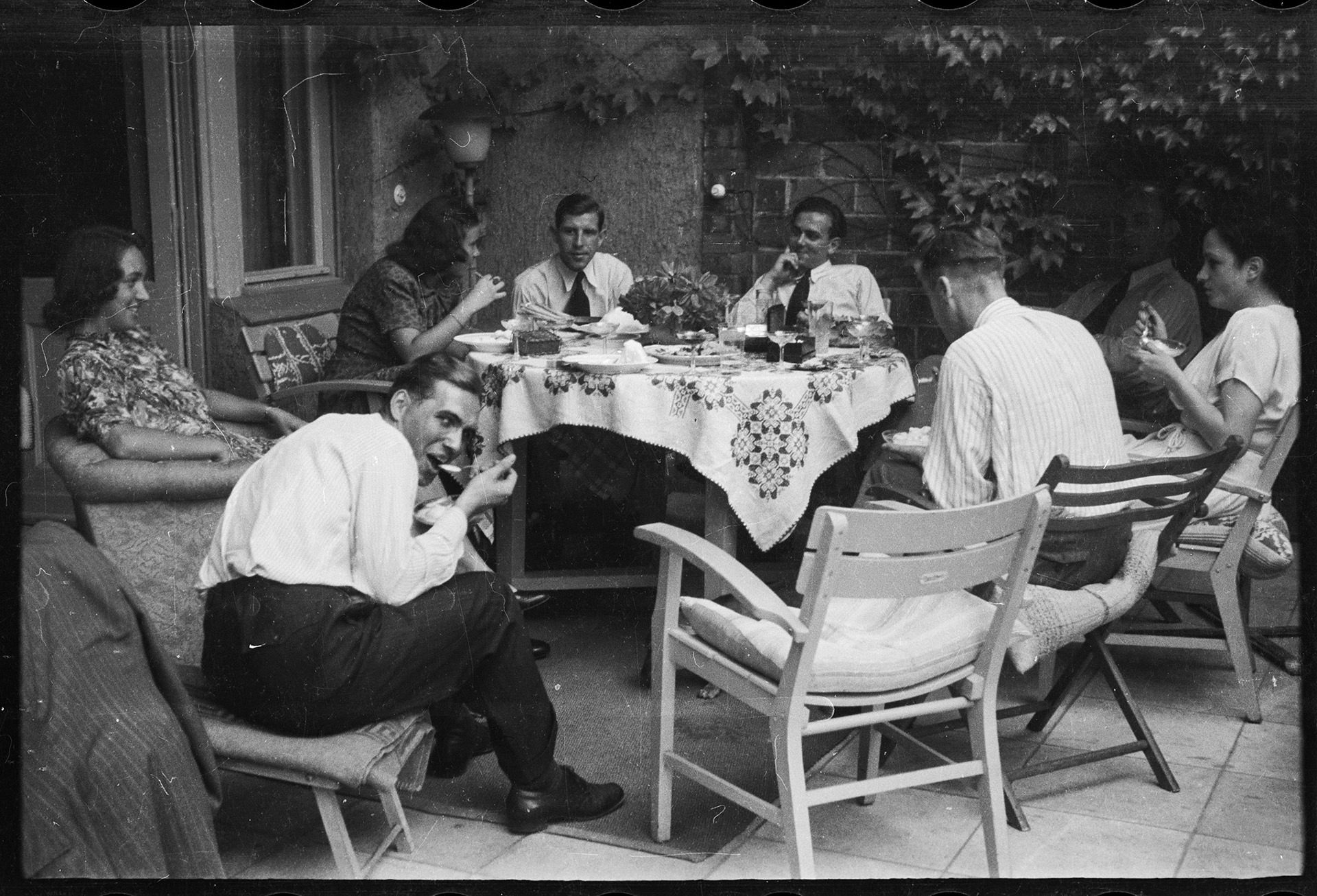
Germany (Austria after the Anschluss), 1941-1945 / Arthur Bondar’s private collection
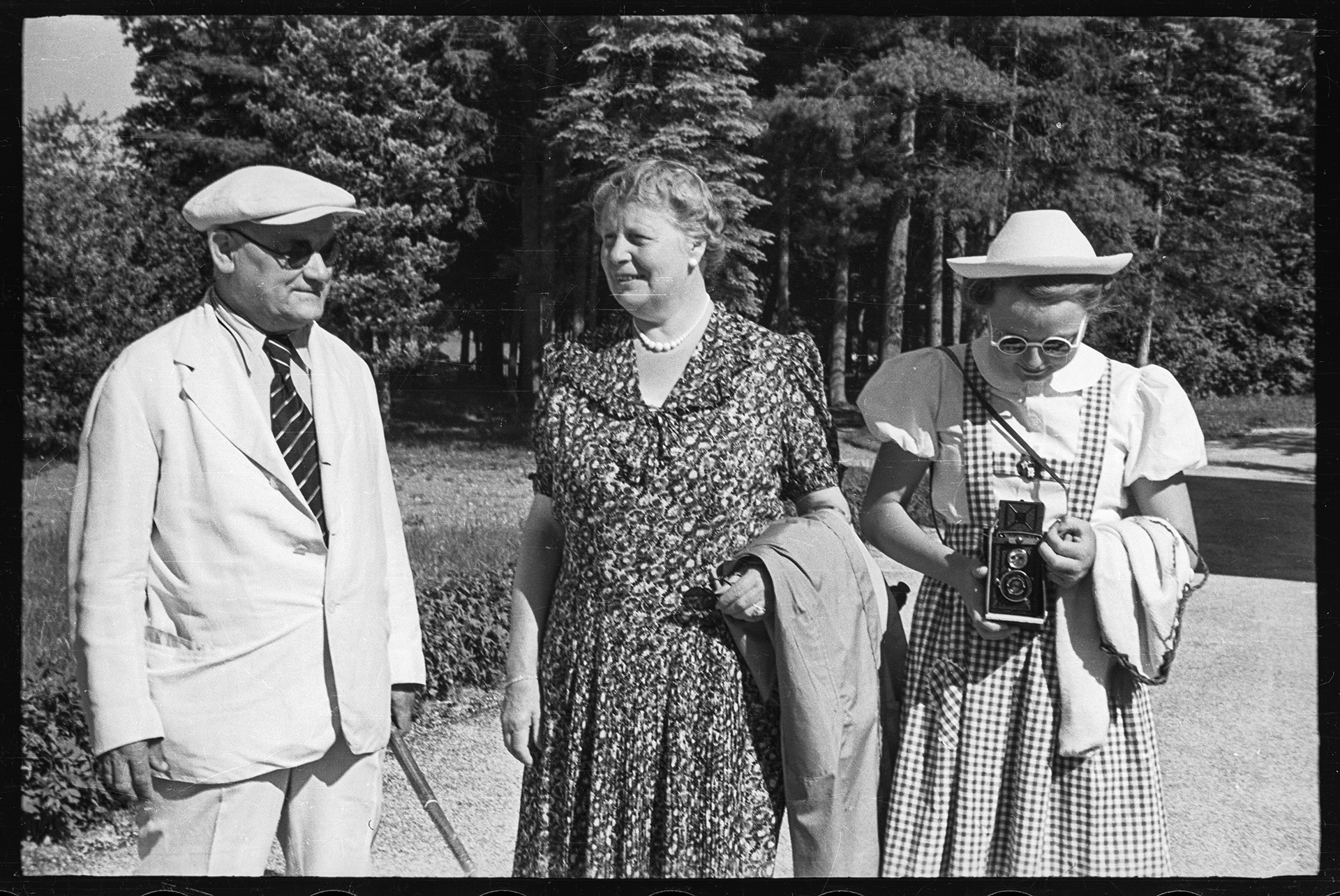
Hiking in the Alps. Gesause National Park. Germany (Austria after the Anschluss), 1941-1945 / Arthur Bondar’s private collection
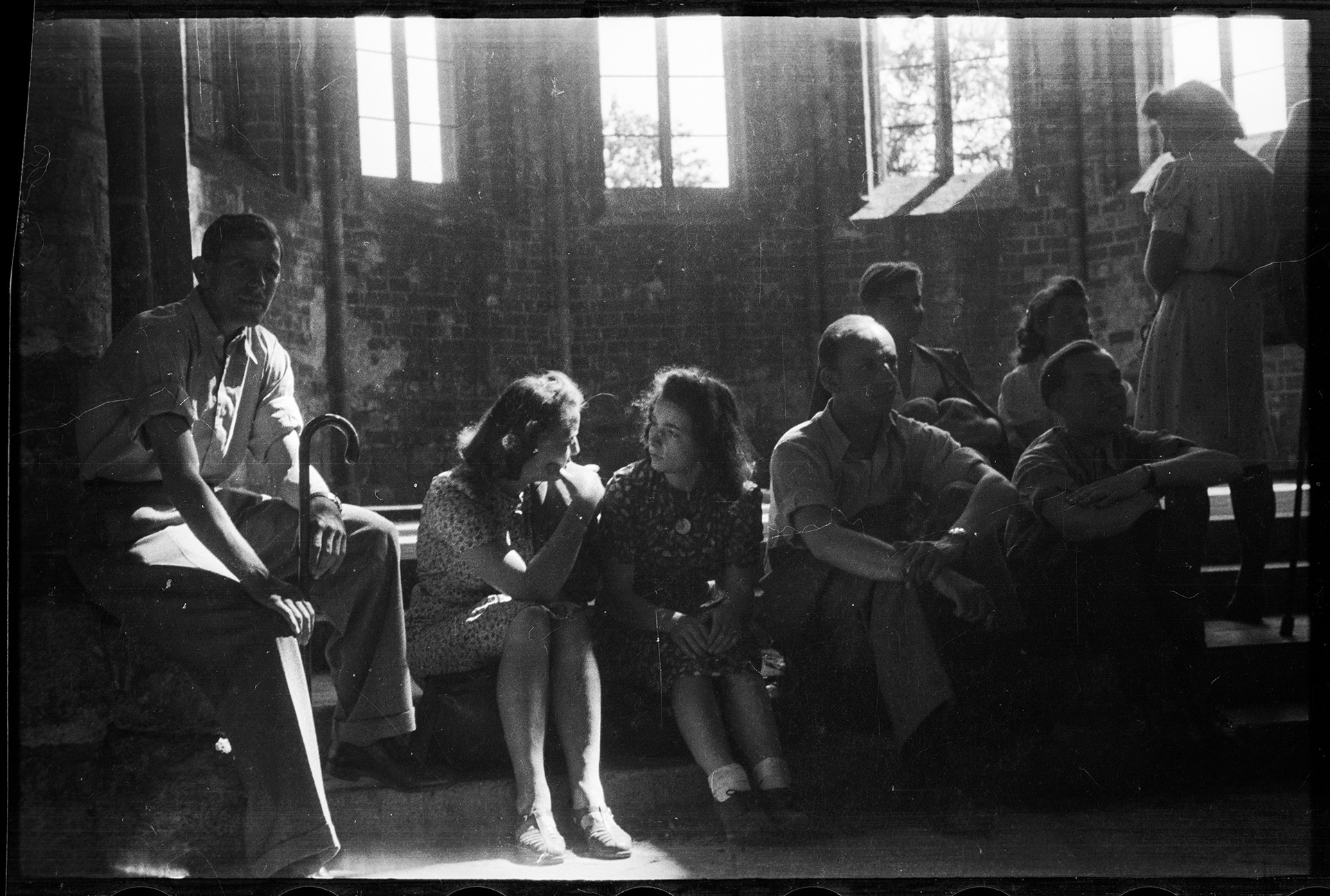
A tour to the ancient half-destroyed cathedral. Germany (Austria after the Anschluss), 1941-1945 / Arthur Bondar’s private collection
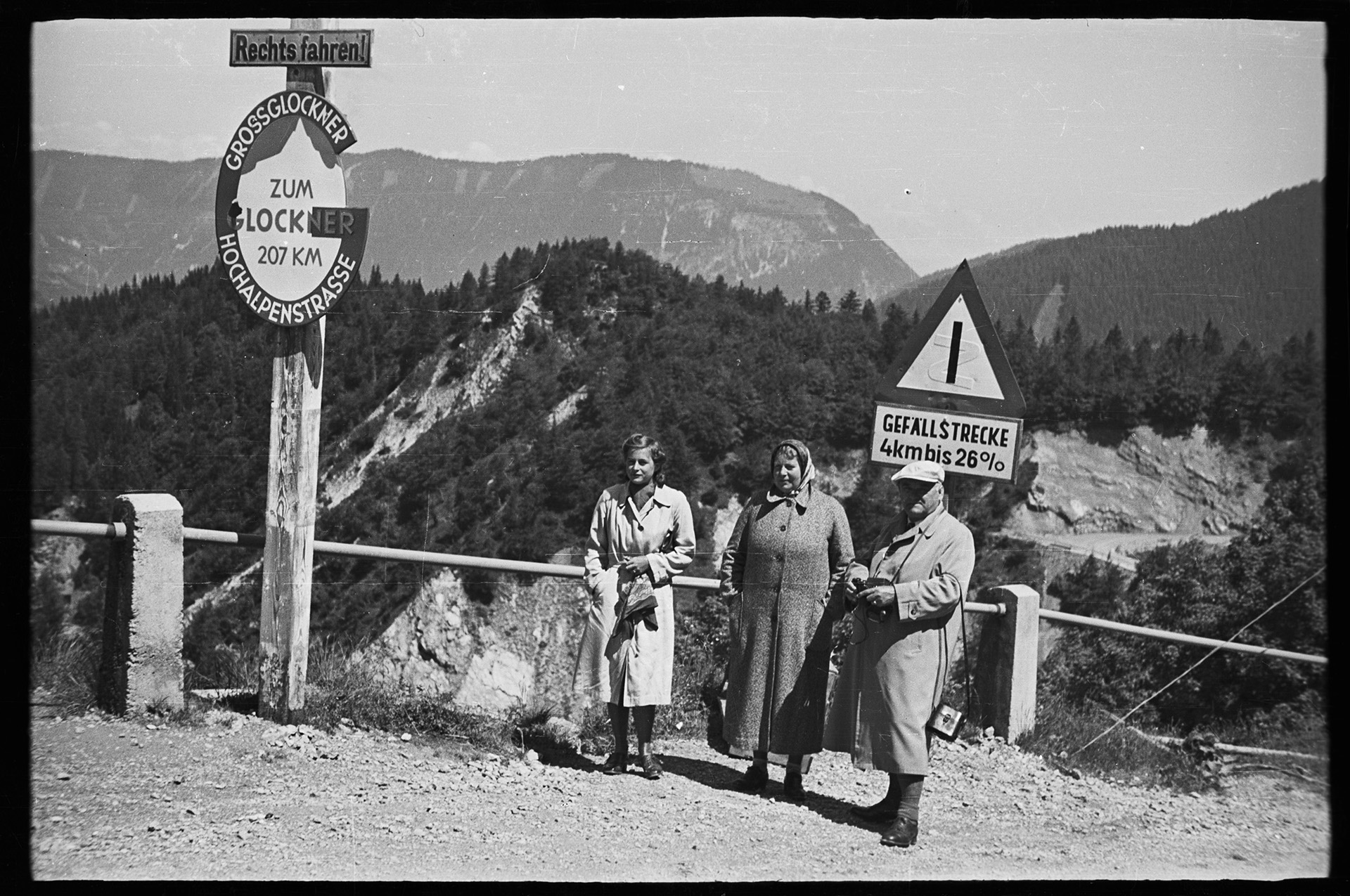
Hiking in the Alps. Gesause National Park. Germany (Austria after the Anschluss), 1941-1945 / Arthur Bondar’s private collection
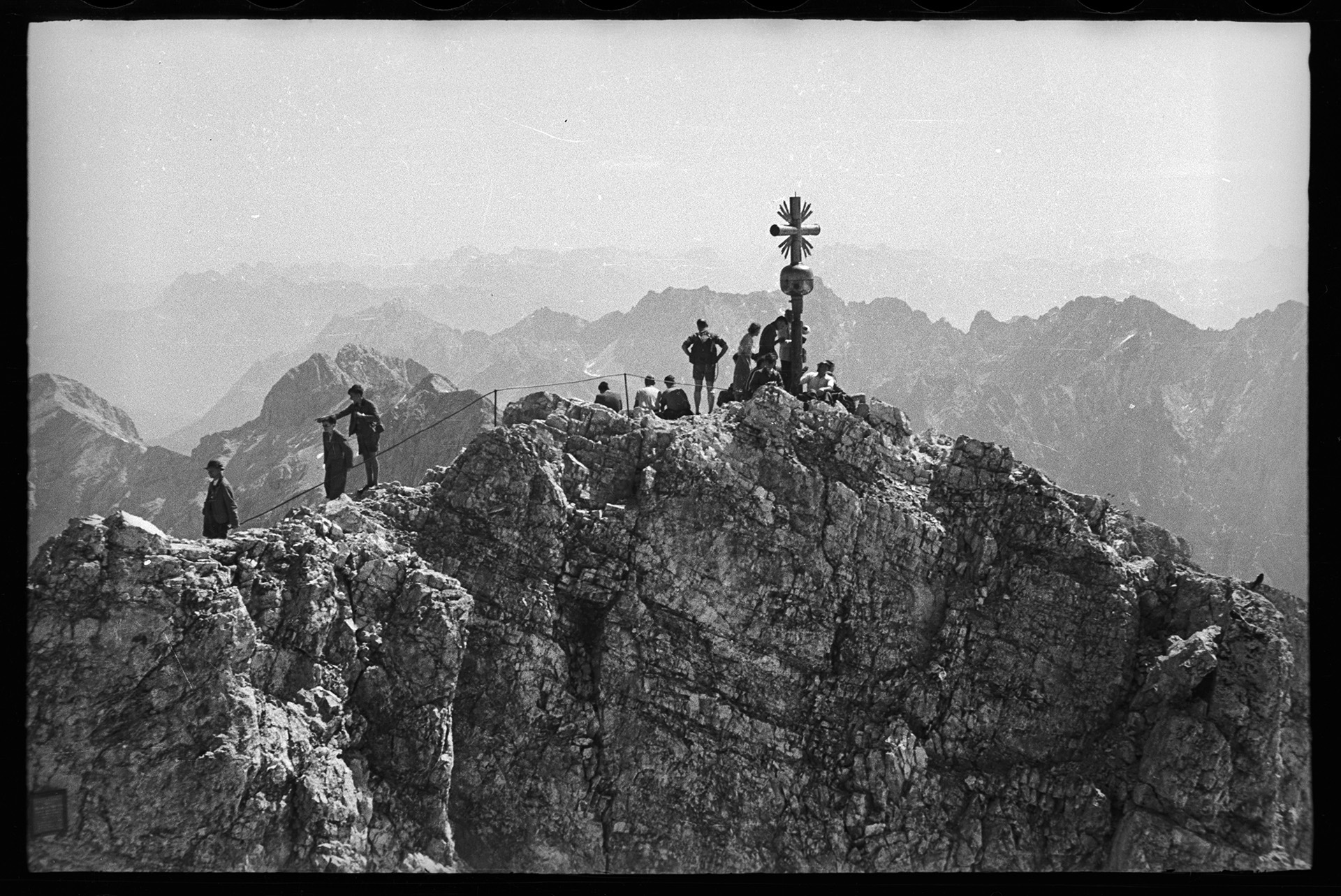
One of the mountain tops in the Alps. Gesause National Park. Germany (Austria after theAnschluss), 1941-1945 / Arthur Bondar’s private collection
I think that discoveries like this archive are important for all of us. For one, this is interesting from a historical point of view, and secondly, this is another reminder about the war, which many, it would seem have forgotten or are trying to forget.
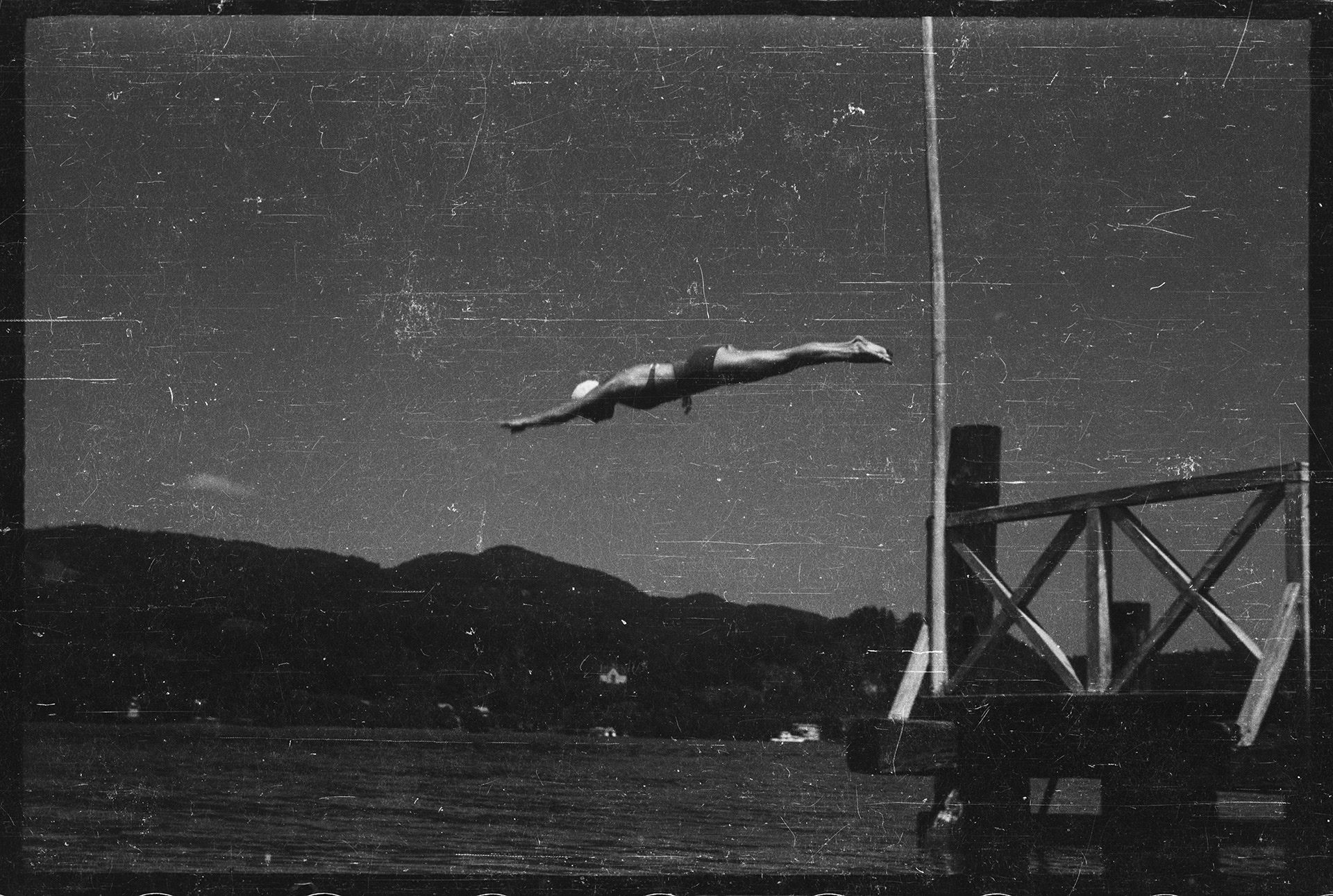
Vacation on Worthersee lake. Germany (Austria after the Anschluss), 1941-1945 / Arthur Bondar’s private collection
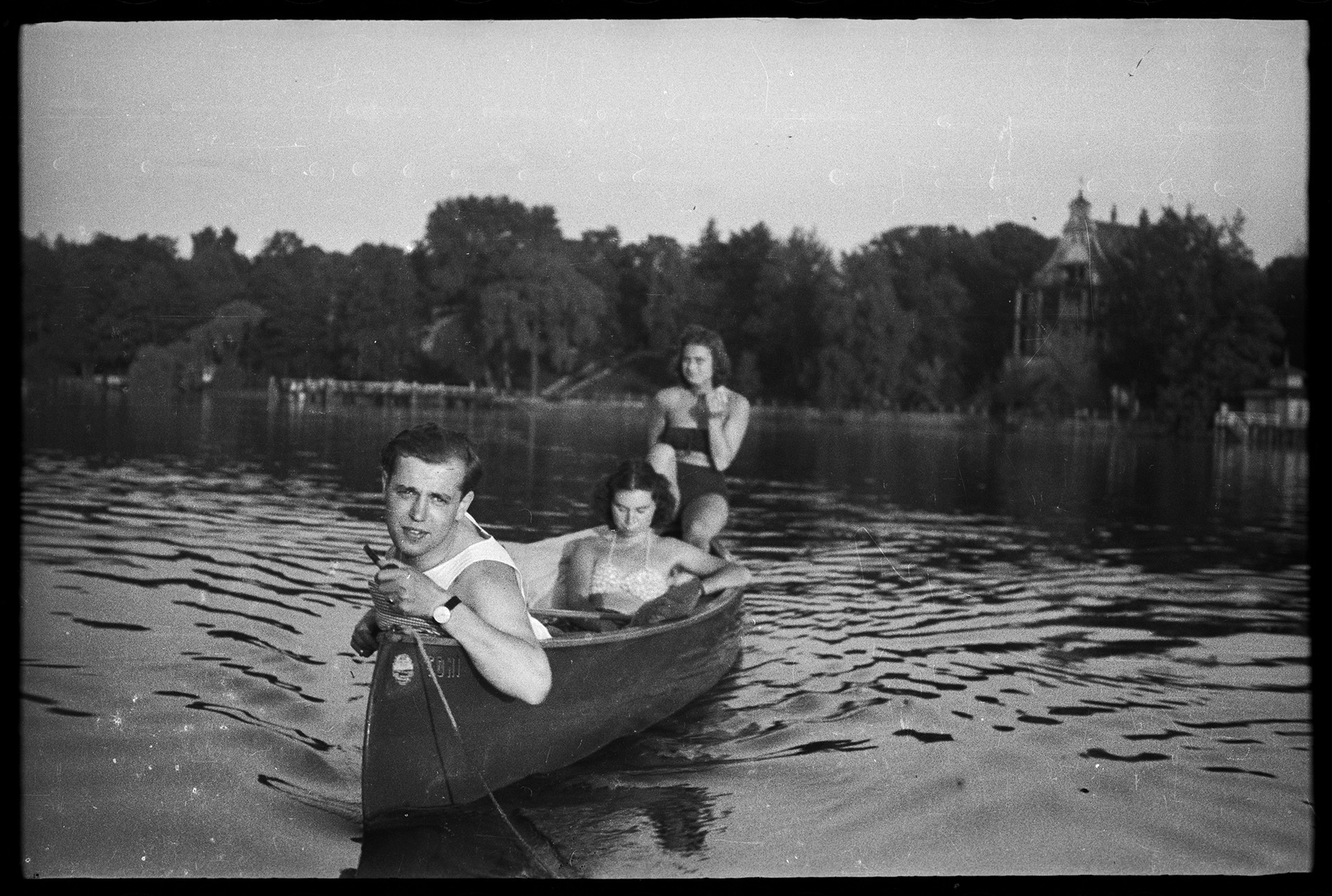
Vacation on Worthersee lake. Germany (Austria after the Anschluss), 1941-1945 / Arthur Bondar’s private collection
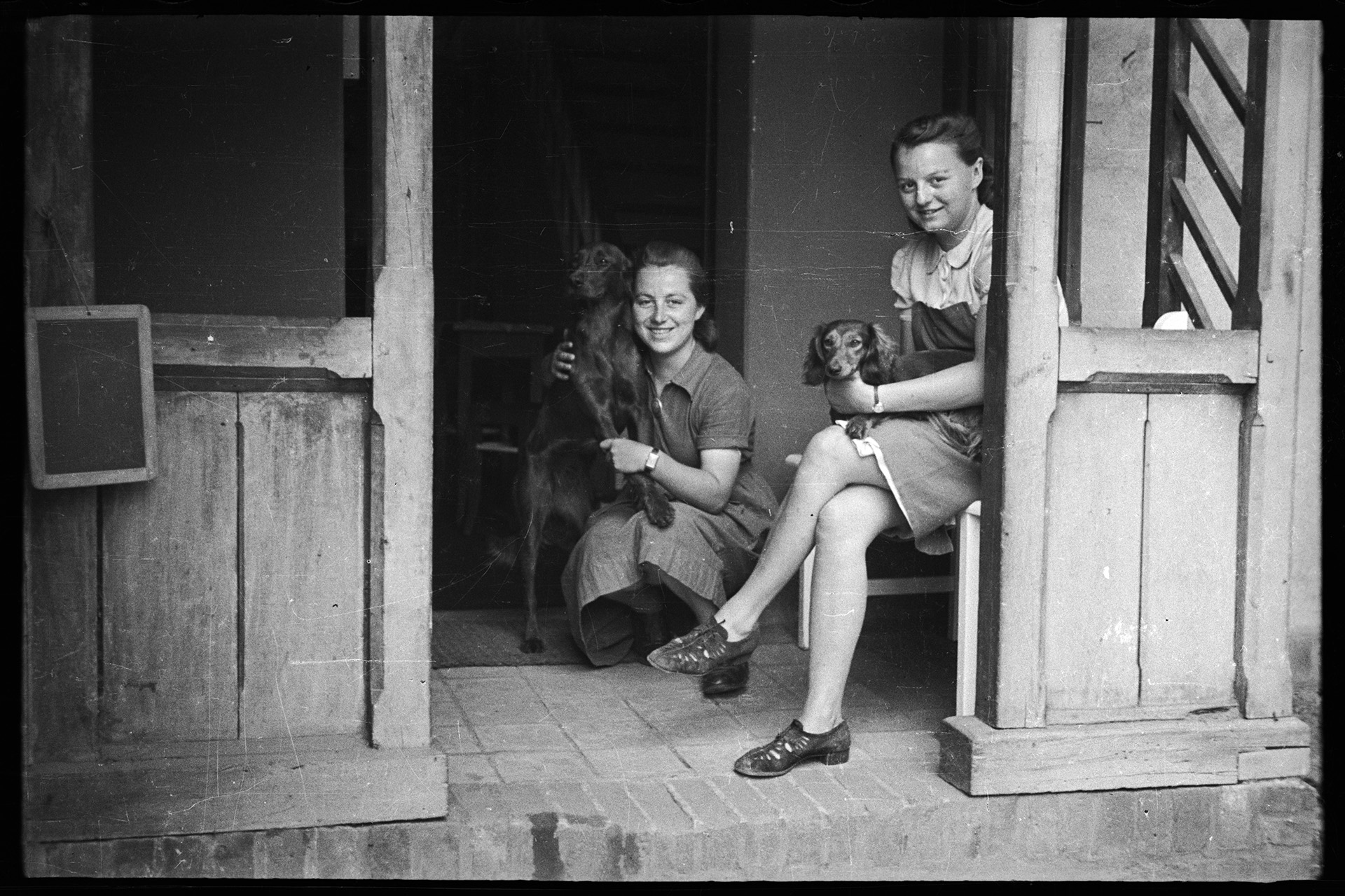
Germany (Austria after the Anschluss), 1941-1945 / Arthur Bondar’s private collection
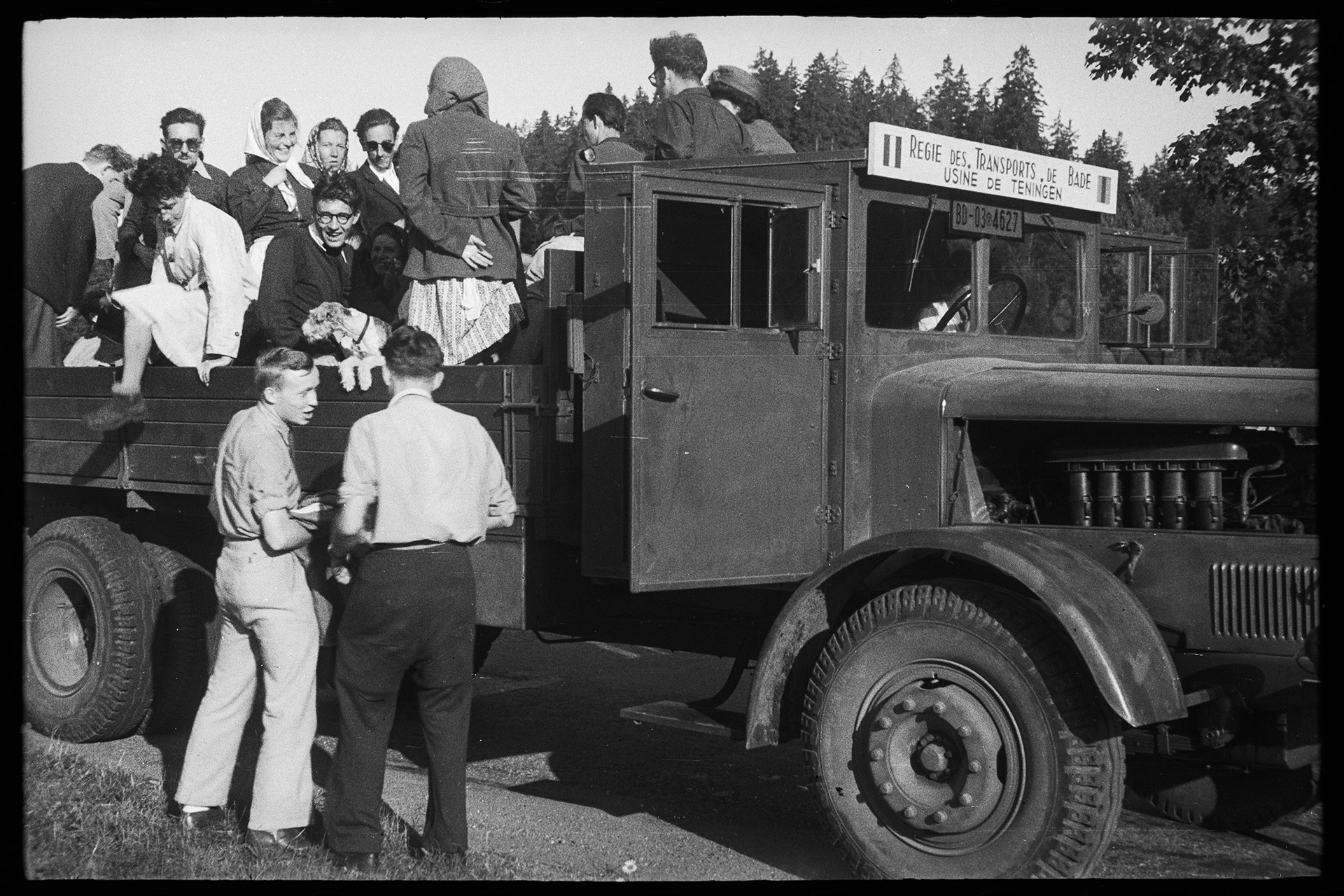
Getting on passenger transport. Germany (Austria after the Anschluss), 1941-1945 / Arthur Bondar’s private collection
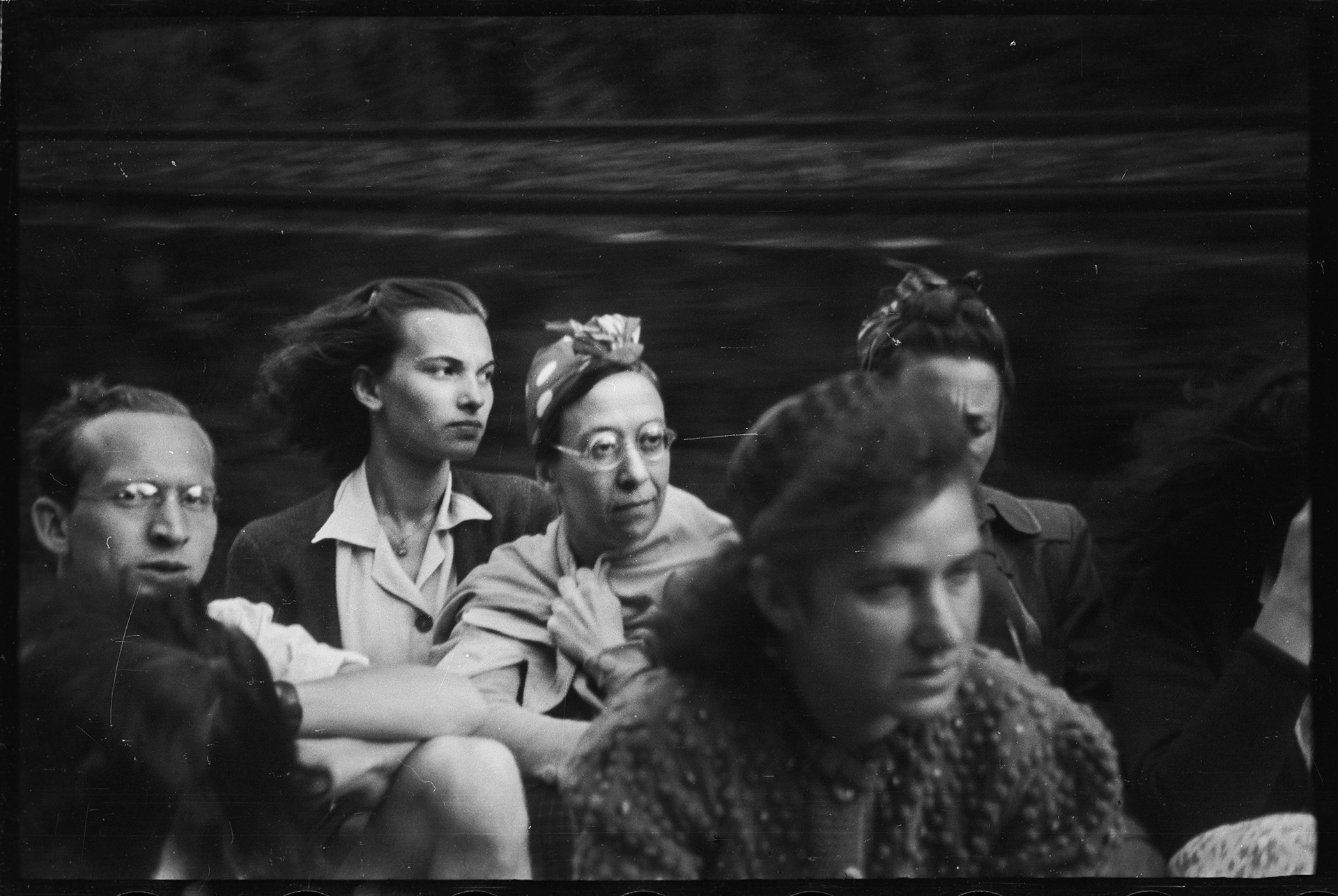
Traveling on passenger transport. Germany (Austria after the Anschluss), 1941-1945 / Arthur Bondar’s private collection
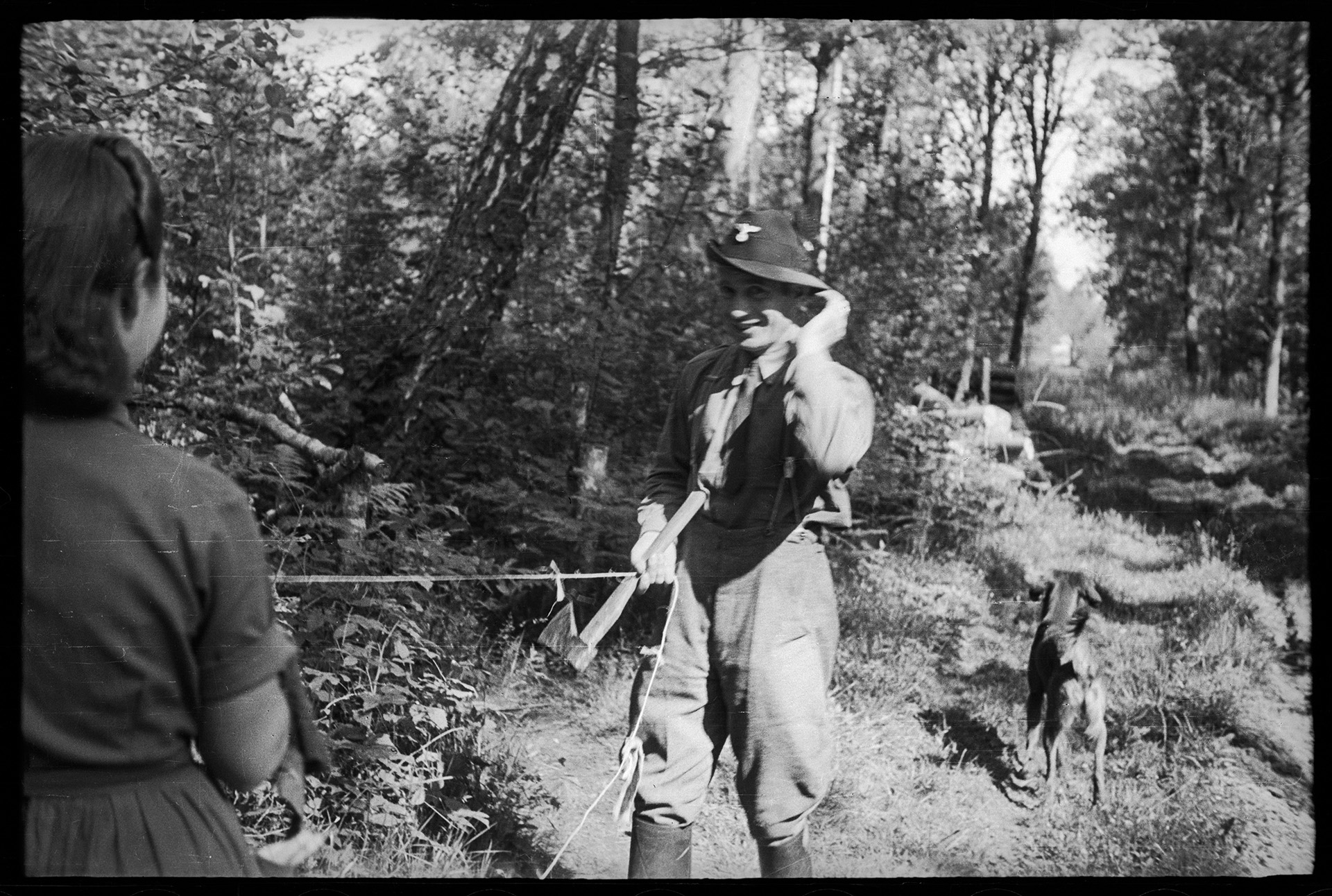
Germany (Austria after the Anschluss), 1941-1945 / Arthur Bondar’s private collection
